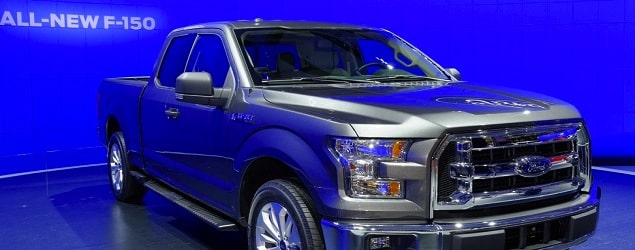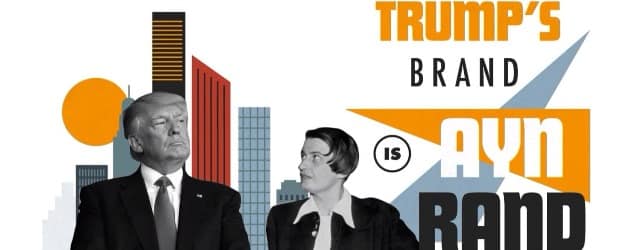Government regulations steal 2014 Detroit Auto Show

The biggest news out of the 2014 North American International Automobile Show in Detroit was Ford’s announcement that it will be reinventing its F-150 pickup — the number one selling vehicle in the United States in 2013 — with an all-aluminum body to replace its traditional steel body. This is a multi-billion dollar expenditure — one of the largest ever for a single vehicle according to one Ford insider.
Many auto industry experts view this, not as a completely voluntary act by Ford’s leadership, but as a response to increasingly stringent government regulations. Henry Payne, noted auto critic and writer for Detroit News, writes:
The driving force behind Ford’s decision was the EPA standards that will force full-size trucks to get upward of 30 mpg in 10 years — up from 20 today. Ford had already made significant gains in efficiency by redesigning its powertrains to add less-thirsty turbo V-6s to its lineup, but the step to aluminum is an indication that the EPA rules will require much more than squeezing engines. The switch to costlier, lighter aluminum means a massive capital investment that involves the retooling of factories and the remaking of Ford’s material supply stream as it shifts away from steel sheet for body panels. Ford won’t disclose the investment, but it runs into the billions.
Payne, of course, is referring to the Corporate Average Fuel Economy (CAFE) mandates, which force each automaker to sell a fleet of vehicles that collectively exceeds a government-specified fuel efficiency threshold. In 2012, the Obama Administration ratcheted up the CAFE fleet-wide mandates to 54.5 miles per gallon by 2025, nearly doubling today’s requirements of about 30 miles per gallon.
You can read Payne’s whole opinion piece here.









